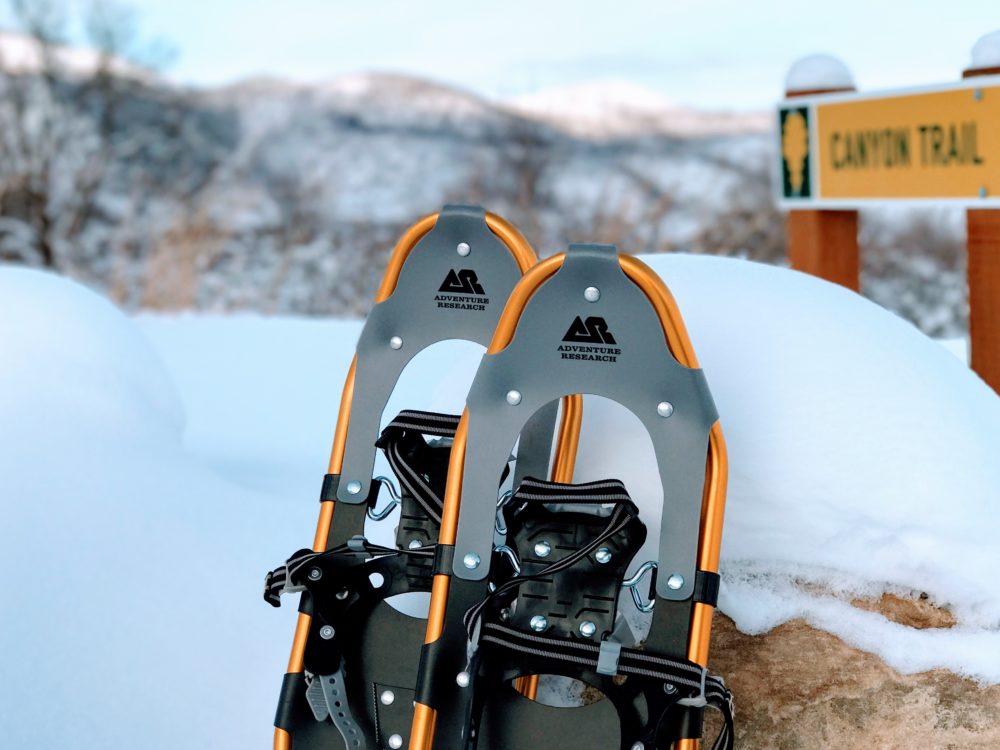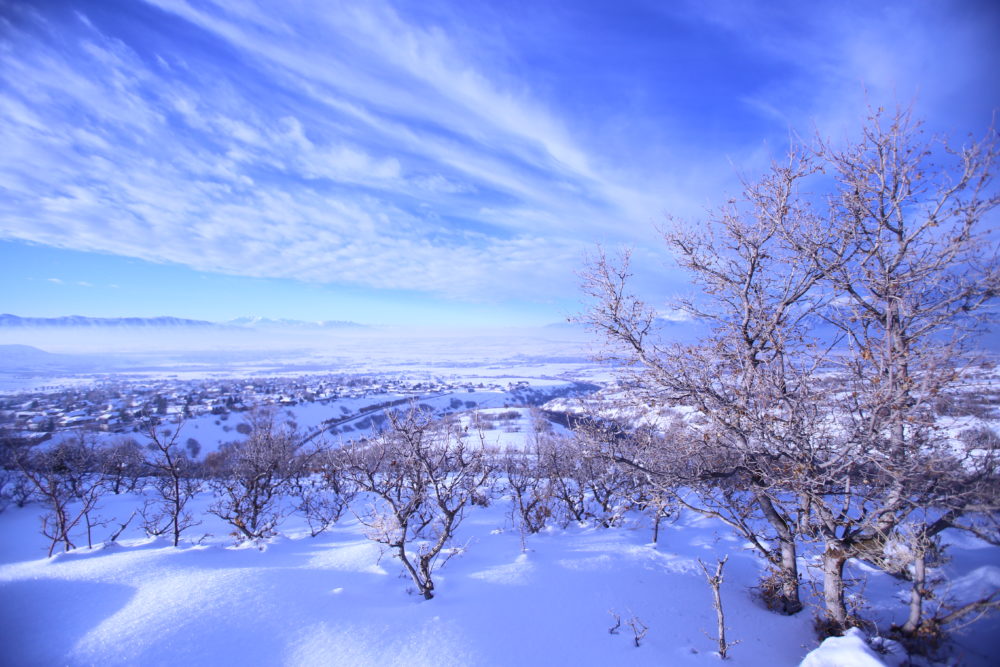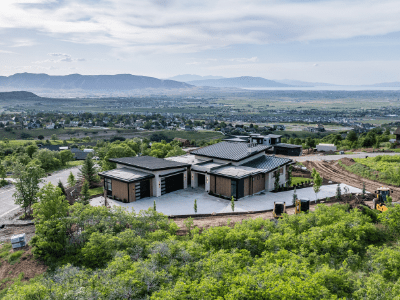
Before cars, snow-blowers and plows, snowshoeing was simply an effective and less-taxing way to get from A to B in powder—an efficient trek above the snow instead of a trudge through it. At Summit Creek, thanks to modern mountain conveniences and community care, snowshoeing is more a favorite winter pastime than a necessity. A blissful extension to our sun-drenched seasons of mountain hiking, running and biking.
Whether you’re dreaming of the serenity of morning winter walks or venturing out with the whole family, snowshoeing is a simple accessory that opens the door to it all.
Why Snowshoe?
For those already living the mountain lifestyle, this activity will simply require the purchase of the actual snowshoe—a relatively inexpensive gear purchase. Snowshoeing is a fit for almost anyone—regardless of age—and may provide a low-impact training segway into warm weather exercise like hiking and biking. Without the snow beneath you come spring, your feet will never feel more free.
Choosing Your Gear
Outfitters typically offer three different types of snowshoes: those intended for mountain terrain, rolling terrain and flat terrain. If you wish to hike trails that have icy or steep terrain or trek through the backcountry, mountain terrain snowshoes are a safe bet. The crampons (spikes) on the bottom will be more adept at gripping thick ice. Rolling terrain snowshoes are a great middleground for softer snow, even if climbing hills. Flat terrain snowshoes are intended solely for flatter, softer terrain. Most entry-level snowshoes will be in the flat terrain category. Consider the size of the deck (frame); for example, taller and heavier people who will be snowshoeing on powdery snow should look for a wider deck in order to keep them walking on the snow’s surface.
Some snowshoers, depending on the degree of their typical climb, will bring along hiking poles for added balance and a more seamless stride. Don’t forget warm, waterproof footwear is recommended and, of course, bundle up.
Techniques
The first trick in nailing a successful snowshoe hike is to practice a wide stance, avoiding the touching, tapping or lurching that can occur when one shoe comes down on the other. Once you’ve got the stance down, you’re well on your way to snowshoeing—it’s that simple. While walking uphill, try putting more weight on your instep or toe, as the crampons beneath will provide stability. Set your poles in front of you for extra stability and find your rhythm.
This group-friendly activity is among Summit Creek residents’ favorites during the serene picturesque winter months in the Wasatch. We hope you have the opportunity to witness our community trails, homes and amenities for yourself.








